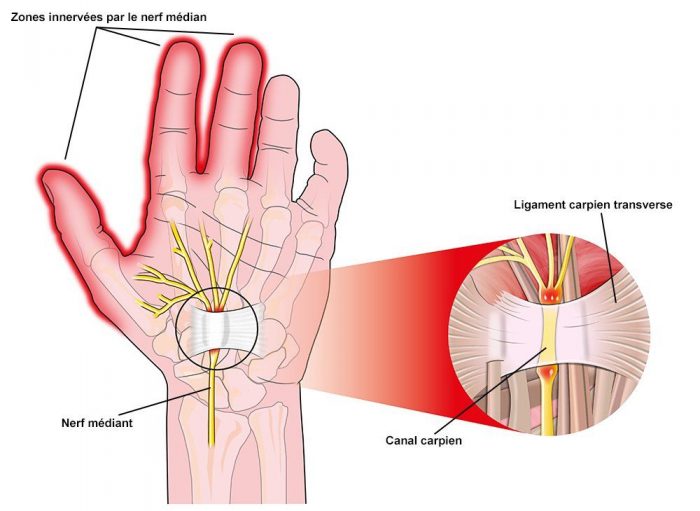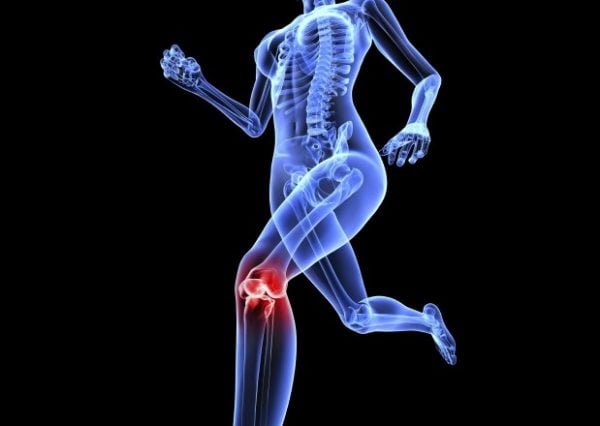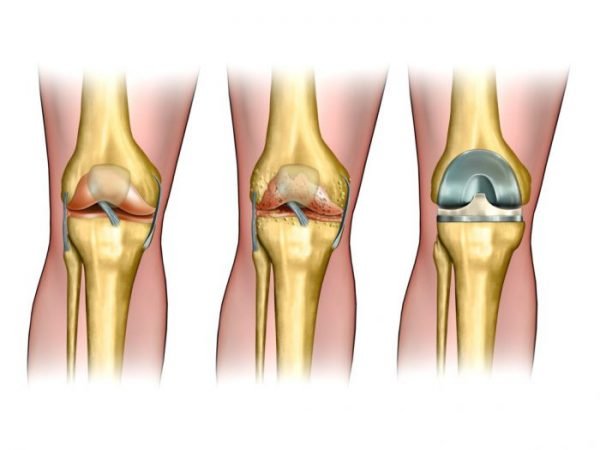ABOUT CARPAL TUNNEL SYNDROME SURGERY
Carpal tunnel surgery, which may also be referred to as carpal tunnel release, is a procedure performed to relieve pain and symptoms caused by carpal tunnel syndrome. Carpal tunnel syndrome is a condition which causes numbness and tingling in the hands or arms. The condition occurs when the nerve in the hand becomes compressed.
Carpal tunnel syndrome is more common in female then males and be caused by injury, inflammatory conditions, or nerve damaging conditions. Before undergoing surgery, patients will usually try to use non-invasive methods of treatments such as corticosteroids used to decrease pain and inflammation, applying a splint to the wrist when sleeping, or using anti-inflammatory drugs such as Ibuprofen.
For more severe cases of carpal tunnel syndrome, surgery is usually the method of treatment. The goal of the surgery is to release the transverse carpal ligament which relieves pressure on the median nerve that causes the numbness. This decompresses the nerve, providing relief to patients who suffer with pain and numbness caused by carpal tunnel syndrome.
Recommended for
- Carpal tunnel syndrome that causes static numbness, muscle weakness, or atrophy
TIME REQUIREMENTS
- Number of days in hospital: 1.
Overnight stay not required.
- Average length of stay abroad: 1 weeks.
Patients may require a follow-up appointment to get stitches removed. If patients need to fly sooner, this should be discussed with the surgeon.

COMPARE CARPAL TUNNEL SYNDROME SURGERY PRICES AROUND THE WORLD
| Country | Cost |
|---|---|
| Spain | 1900€ |
| Mexico | 1615€ |
| Croatia | 1446€ |
| Turkey | 1373€ |
| Tunisia | 525€ |
| Morocco | 492€ |
| Poland | 450€ |
| India | 379€ |
HOW TO FIND QUALITY TREATMENT ABROAD
BEFORE CARPAL TUNNEL SYNDROME SURGERY ABROAD
Patients suffering with carpal tunnel syndrome should discuss treatment options ahead of surgery to see if the symptoms can be relieved with non-invasive treatments. The doctor will usually conduct a physical exam, closely testing the feeling in the fingers and assessing the strength in the hand. Some doctors may also perform an X-ray on the hand.
Patients with complex conditions may benefit from seeking a second opinion before beginning a treatment plan. A second opinion means that another doctor, usually an expert with a lot of experience, will review the patient’s medical history, symptoms, scans, test results, and other important information, in order to provide a diagnosis and treatment plan. When asked, 45% of US residents who received a second opinion said that they had a different diagnosis, prognosis, or treatment plan.
HOW IS IT PERFORMED
Carpal tunnel surgery can be performed as open surgery or as endoscopic surgery, depending on each patient.
During open surgery, an incision is made in the palm of the hand through which the transverse carpal ligament is cut. This releases the pressure from the nerve, which relieves the pain and numbness.
Endoscopic carpal tunnel surgery is less invasive as the incision made is much smaller. The endoscope allows for visualization and instruments are attached it and used to release the transverse carpal ligament.
Anesthesia
Local anesthetic.
Procedure duration
The Carpal Tunnel Syndrome Surgery takes 20 to 30 minutes.

WHAT TO EXPECT AFTER CARPAL TUNNEL SYNDROME SURGERY
Post procedure care
After the procedure, it is recommended to bend and stretch the fingers regularly. Keeping the arm raised at night can help to reduce inflammation. It is important to keep the dressing clean and dry. After open surgery, it can take up to 6 weeks to make a full recovery.
Possible discomfort
The stitches are removed 10 to 14 days after surgery. The discomfort and numbness may subside immediately after surgery or may take several months to subside.
IMPORTANT THINGS TO KNOW ABOUT CARPAL TUNNEL SYNDROME SURGERY
Success rates
An NHS study in the UK found that from 6000 patients undergoing carpal tunnel decompression surgery, 87% reported some improvement afterwards. 49% reported that they were cured completely.
Potential risks
- Injury to nerves, blood vessels or tendons















